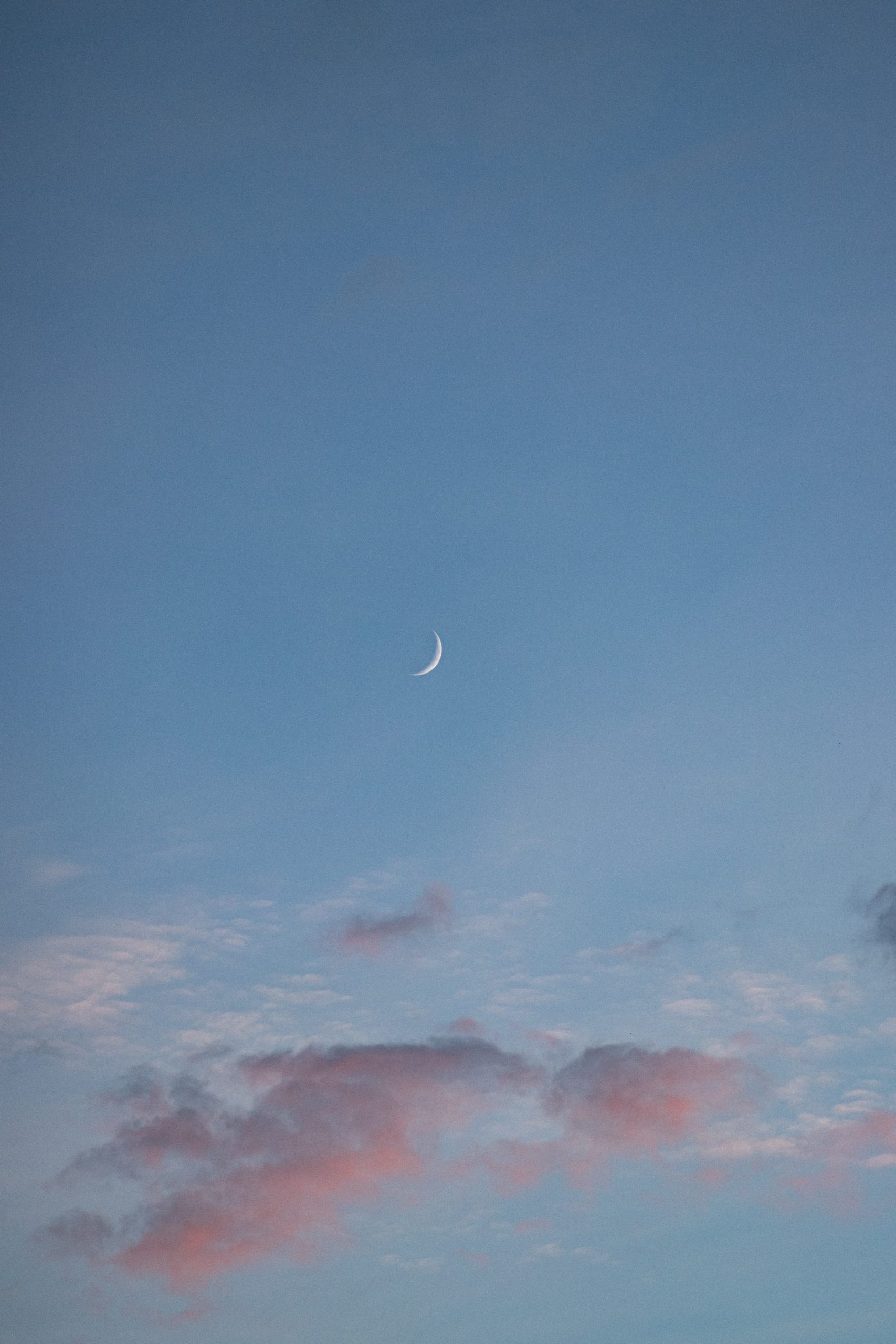How Long Does a Lunar Eclipse Usually Last?
A lunar eclipse is a mesmerizing celestial event that occurs when the Earth comes between the Sun and the Moon, casting a shadow on the lunar surface. This awe-inspiring phenomenon captivates skywatchers around the world, but have you ever wondered how long a lunar eclipse typically lasts? In this blog post, we will delve into the intricacies of lunar eclipses, explore the various types, and discover the duration of these extraordinary events.
The Different Types of Lunar Eclipses
Before we dive into the duration, let’s first understand the different types of lunar eclipses. Lunar eclipses can be classified into three main types:
- Total Lunar Eclipse: During a total lunar eclipse, the Moon is entirely submerged in the Earth’s umbral shadow, resulting in a stunning reddish-brown hue known as the “blood moon.” This type of eclipse can last for a couple of hours.
- Partial Lunar Eclipse: In a partial lunar eclipse, only a portion of the Moon enters the Earth’s umbral shadow. This means that only a part of the Moon appears dark, while the rest remains illuminated. These eclipses typically last for a few hours.
- Penumbral Lunar Eclipse: A penumbral lunar eclipse occurs when the Moon passes through the Earth’s penumbral shadow, creating a subtle darkening effect. This type of eclipse is less noticeable, and its duration usually ranges from a few hours to several hours.
Factors Influencing the Duration
The duration of a lunar eclipse is influenced by several factors:
| Factor | Explanation |
|---|---|
| Apparent Size of the Moon | The duration of a lunar eclipse can be affected by the Moon’s apparent size in the sky. A smaller moon takes less time to pass through the Earth’s shadow, resulting in a shorter eclipse. Conversely, a larger moon may extend the duration. |
| Path Through Earth’s Shadow | The path that the Moon takes through the Earth’s shadow also determines the duration of the eclipse. If the Moon passes centrally through the umbra (the darkest part of the Earth’s shadow), the eclipse is likely to be longer. |
| Saros Cycle | The Saros cycle, which lasts for around 18 years, influences the duration of lunar eclipses. Eclipses that occur within the same Saros cycle can have similar durations. |
Length of a Typical Lunar Eclipse
The duration of a lunar eclipse varies depending on the type and the alignment between the Earth, Moon, and Sun. On average, a lunar eclipse can last anywhere from a few minutes to a few hours.
A total lunar eclipse usually lasts for a couple of hours, with the period of totality, when the Moon is completely in the Earth’s umbral shadow, lasting for around 30 minutes to an hour. However, the exact duration of totality can vary from eclipse to eclipse.
Partial lunar eclipses typically have a shorter duration, often lasting for a few hours. The time it takes for the Moon to enter and exit the Earth’s umbral shadow determines the duration of partial eclipses.
Penumbral lunar eclipses, being the subtlest type, have the longest durations. Since the Moon only passes through the Earth’s penumbral shadow, the entire event can last several hours, sometimes up to six hours or more.
Notable Lunar Eclipses in History
Lunar eclipses have fascinated humans since ancient times. Many remarkable lunar eclipses have been documented throughout history. One notable example is the lunar eclipse of July 16, 2000, which was the longest total lunar eclipse of the 20th century, lasting for an impressive three hours and 47 minutes.
Another extraordinary lunar eclipse occurred on July 27, 2018, and lasted for one hour and 43 minutes. This eclipse was noteworthy for its awe-inspiring deep red color and was visible from parts of Africa, Asia, Australia, Europe, and South America.
Conclusion
Lunar eclipses are captivating celestial phenomena that offer a mesmerizing display of the alignment between the Earth, Moon, and Sun. The duration of a lunar eclipse depends on various factors such as the type of eclipse, the Moon’s apparent size, the path through the Earth’s shadow, and the Saros cycle. Whether it’s the intense beauty of a total lunar eclipse or the subtle darkening effect of a penumbral lunar eclipse, these events provide us with a glimpse into the wonders of our universe.
So, next time you catch wind of an upcoming lunar eclipse, be sure to mark your calendar, find a cozy spot under the night sky, and prepare to be enchanted by the celestial ballet unfolding before your eyes.
Table of Contents
